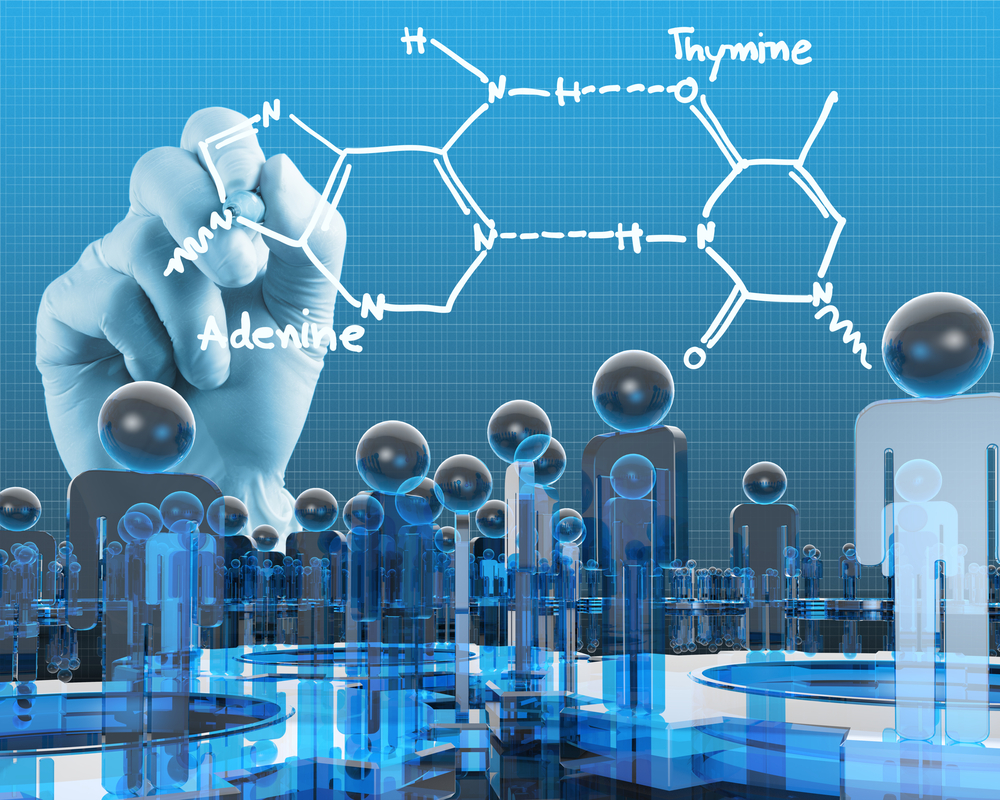



![]()

Pizza Delivered to Space Station
How SpaceX became NASA's go-to ride into orbit
Why some people are superspreaders
More water on moon than expected
Timekeeping theory combines quantum clocks and Einstein's relativity
Vegans are more likely to suffer broken bones
From Stinky Cheese To Cat Pee, Author Takes A 'Nose Dive' Into The Science Of Smell
London to New York in 90 minutes

The multitalented member of the varsity swim team graduated with her undergraduate degree in computer science and molecular biology in 2024 and will complete her MEng this month.
Faculty members and researchers honored in recognition of their scholarship, service, and overall excellence.
Graduates from top undergraduate supply chain programs across the US receive tuition fellowships and conditional acceptance to the MIT Supply Chain Management master’s program.
MIT MAD has established new professorships and appointed three MIT faculty to advance design education across disciplines.

Artificial intelligence to forecasts large-scale traffic patterns

Supersonic jet will test in 2021
Assessing the role of flying cars in sustainable mobility
Oregon Is Blazing a Psychedelic Trail

Space Junk Just Missed a Major Collision
Central Florida lands hub for Jetsons-like flying cars

Automatic landing with vision assisted navigation

Engineers have taught a simple submarine robot to take advantage of turbulent forces to propel itself through water.
The universe is decaying much faster than thought. This is shown by calculations of scientists on the so-called Hawking radiation. They calculate that the last stellar remnants take about 10^78 years (a 1 with 78 zeros) to perish. That is much shorter than the previously postulated 10^1100 years (a 1 with 1100 zeros).
Massive ripples in the very fabric of space and time wash over Earth constantly, although you'd never notice. An astrophysicist is trying a new search for these gravitational waves.
Researchers have developed two unique energy-efficient and cost-effective systems that use urea found in urine and wastewater to generate hydrogen. The unique systems reveal new pathways to economically generate 'green' hydrogen, a sustainable and renewable energy source, and the potential to remediate nitrogenous waste in aquatic environments.
Researchers have developed AI technology similar to a fellow songwriter who helps create music.
An international team has pioneered a nano-3D printing method to create superconducting nanostructures, leading to groundbreaking technological advancements.
New research from a team of cognitive scientists and evolutionary biologists finds that chimpanzees drum rhythmically, using regular spacing between drum hits. Their results show that eastern and western chimpanzees -- two distinct subspecies -- drum with distinguishable rhythms. The researchers say these findings suggest that the building blocks of human musicality arose in a common ancestor of chimpanzees and humans.
New technique for cell or drug delivery, localization of bioelectric materials, and wound healing uses ultrasound to activate printing within the body.
Engineers developed a ping-pong-playing robot that quickly estimates the speed and trajectory of an incoming ball and precisely hits it to a desired location on the table.
In space, energetic neutrinos are usually paired with energetic gamma rays. Galaxy NGC 1068, however, emits strong neutrinos and weak gamma rays, which presents a puzzle for scientists to solve. A new paper posits that helium nuclei collide with ultraviolet photons emitted by the galaxy's central region and fragment, releasing neutrons that subsequently decay into neutrinos without producing gamma rays. The finding offers insight into the extreme environment around the supermassive black holes at the center of galaxies like NGC 1068 and our own and enhances our understanding of the relationships between radiation and elementary particles that could lead to technological advances we haven't yet imagined.
